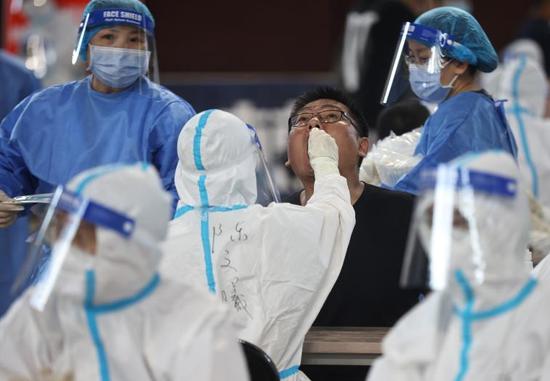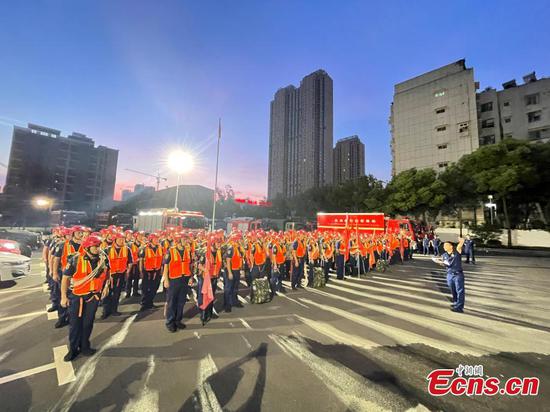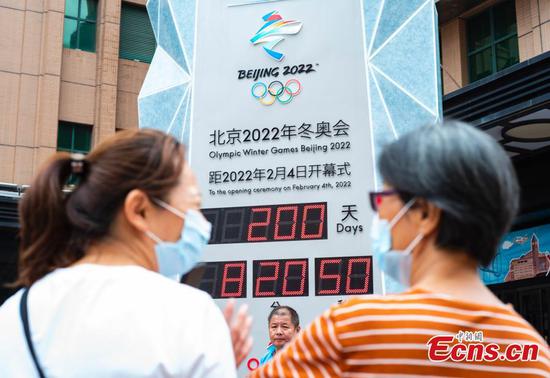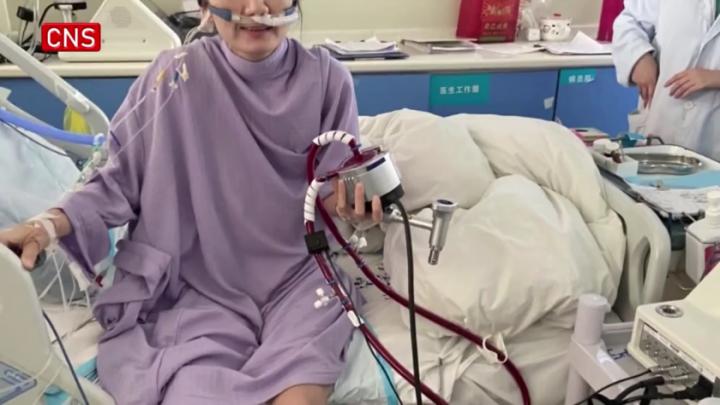Deaths from all causes combined increased dramatically early in the COVID-19 pandemic for certain demographic groups in the United States, particularly for Black and Hispanic people, even when accounting for socioeconomic factors, according to a study posted on the website of University of Michigan (UM) on Wednesday.
The study analyzed national numbers from the U.S. Census Bureau, which provide a more detailed and in-depth look at how different factors such as ethnicity, occupation, living situation, income and insurance status can interact to affect death rates. The researchers studied people aged 18-65, comparing mortality figures from the second quarter of 2020, when the pandemic's first wave was in high gear, to the second quarter of 2019.
The researchers found significant increases in mortality among all the subgroups they studied, but the sizes of the increase varied considerably.
Across all socioeconomic groups, non-Hispanic Black adults under 65 experienced significantly higher increases in mortality than non-Hispanic white people in the same age range. For example, non-Hispanic Black people in the highest income group studied had an increase in mortality more than 3.5 times larger than the increase in mortality experienced by the poorest non-Hispanic white people, which is 46.5 deaths per 100,000 people compared to 12.9.
Hispanic residents tended to see significantly higher mortality increases than non-Hispanic white residents. This held true among people with insurance, those not living in group quarters, lower-income families, people with work-from-home options, and those in essential industries.
People under 65 living in nursing facilities or other health group quarters experienced an increase in mortality of 1,619 deaths per 100,000 residents. Those in correctional facilities experienced an increase of 83.3 deaths per 100,000. This compared to an increase of 16.1 deaths per 100,000 among people not living in group quarters.
Uninsured people had an increase of 27.6 deaths per 100,000, compared to an increase of 15.5 deaths among the insured.
People with family income at or below the poverty line saw an increase in mortality of 27.1 deaths per 100,000, compared to 13.3 among those with incomes four times the poverty level or higher.
Mortality rates increased by 19.1 deaths per 100,000 among people in occupations without work-from-home options, compared to 10.9 among those able to work from home.
Among specific occupations, mortality increases were highest among installation, maintenance and repair workers; production workers; legal professions; and transportation workers. In contrast to previous studies, the researchers did not find exceptionally high death rates among health care practitioners or food-service workers.
The new results underline questions about long-established health inequities in the United States, the researchers said.
The study has been published online by the journal Health Affairs.

















































